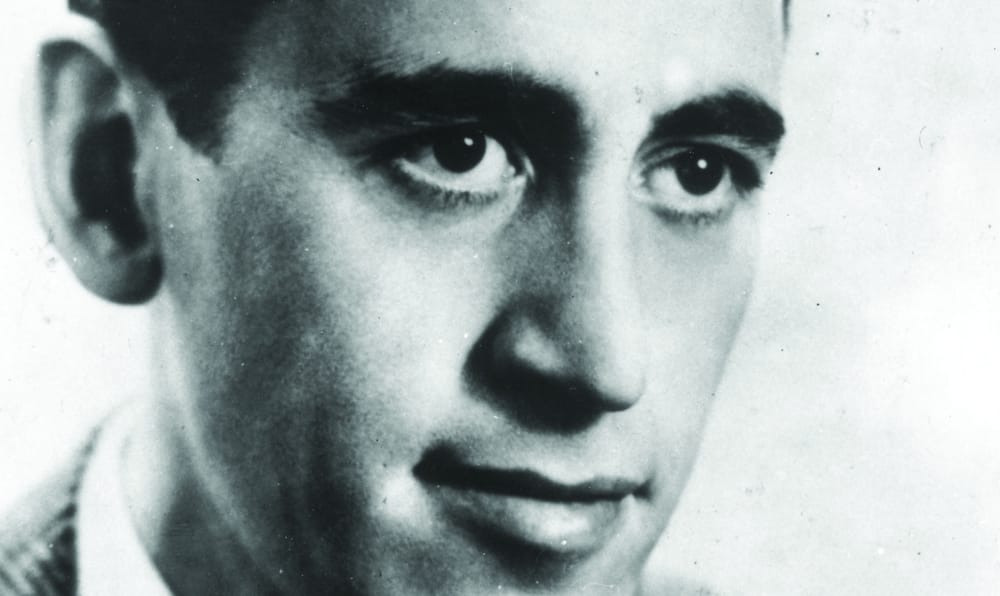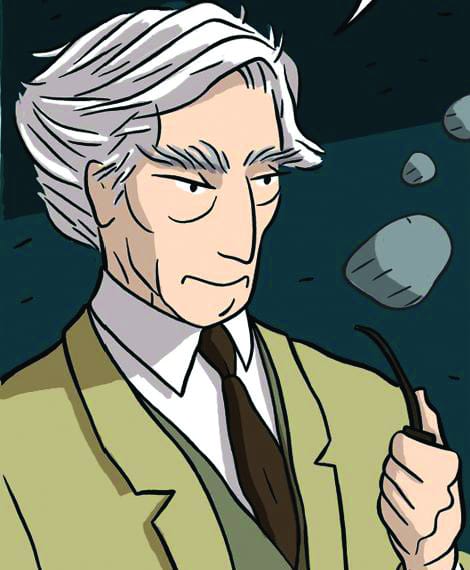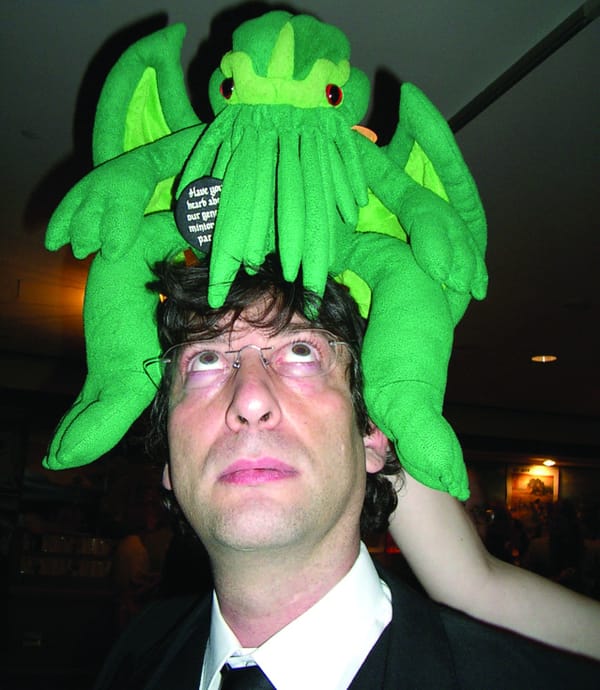A tribute to a reclusive author...
Joseph Spiking looks back on the life of JD Salinger

Holden Caulfield, Salinger’s most auto-biographical literary creation, once said, “What really knocks me out is a book that, when you’re all done reading it, you wish the author was a terrific friend of yours and you could call him up on the phone whenever you felt like it.” Salinger, a man known for his inaccessibility, was not going to give his phone number away to his devoted readers. Instead, he gave them a greater gift – the gift of a conversation with himself through his novels.
Few authors in modern literature have based their novels inside the lands of their own personal experience as much as Salinger. A brief review of his life story, or the story that can be pieced together, is one that complies with the contours of his work.
Jerome David Salinger was born in New York on January 1, 1919. He was born into a Jewish family, although he later discovered that he was only half Jewish, his mother being Catholic. Salinger’s father, a successful food importer, sent his underachieving son to a Manhattan private school. However, this was not to last long – Salinger dropped out within two years of enrolling. This was to be the template for the majority of Salinger’s educational experiences, including two ill-fated semesters at New York University, which he attended after graduating from the Valley Forge Military School.
Salinger’s discontent with the academic world was to be translated onto page in the short story called I’m Crazy, published in _Collier’s Weekly _magazine on December 22, 1945. I’m Crazy centred on a disaffected youth, Holden Caulfield, who was going to be expelled from the prestigious Pencey Prep school for failing his exams. This was later developed into a full novel, The Catcher in the Rye.
...he gave them a greater gift – the gift of a conversation with himself through his novels
This was not the first short story Salinger had published. In the autumn of 1939, Salinger enrolled in a writing course that was taught by Whit Burnett, the founder and editor of Story magazine. Burnett first published The Young Folks, an acidic attack on the superficiality of student life. Salinger’s success was to be short lived, his upturn in fortunes coinciding with the attack on Pearl Harbor. Four months after the attack, Salinger was drafted into the US army.
Salinger was part of the 4th Counter Intelligence Corps (C.I.C) detachment that landed on Utah Beach, Normandy. Salinger was originally meant to be part of the first wave, at 6:30am; however, an eyewitness report put him with the second wave of attack. Whatever caused Salinger’s delay probably saved his life – the first wave encountered the fiercest German defence. Maybe it was this act of sheer fortune, of escaping death due to coincidence that gave Salinger’s works such a fascination with finding reason in a random world. One of Salinger’s best pieces of unpublished work, The Magic Foxhole, focused directly on Salinger’s experience of Normandy. _The Magic Foxhole _opens with the haunting image of a chaplain frantically searching for his glasses, which were hidden beneath the corpses of Normandy beach. You don’t have to be Freud to understand the significance of this image – in Salinger’s post war world, God and Reason were things to be challenged and analysed, not accepted. It is this conflict with finding reason in chaos that characterises the later works of Salinger, from the death of Holden Caulfield’s younger brother in The Catcher in the Rye to the emotional distress seen in Franny and Zooey.
The effects of the war soon took their toll on Salinger. The day the German army surrendered, May 8, 1945, Salinger spent the evening alone, holding a .45 calibre pistol in his hands. Salinger was soon admitted into a psychiatric ward, suffering from clinical depression. Little is known about this period of time; however; soon after his release he resumed writing short stories.
A Perfect Day for Bananafish is possibly the best insight we have into Salinger’s post war mental state. The story revolved around a conversation between a young honeymooning war veteran and a child he meets on the beach; the innocence of their conversation is juxtaposed with the horror of the veteran’s own wartime experience. After their conversation, the veteran returns home and ends his life.
Then Salinger completed The Catcher in the Rye. Salinger was believed to be ill-prepared for the amount of attention the novel would bring him, and this turned an already traumatised, private and cynical man into a recluse. Much has already been written about Salinger’s reclusive nature, and I shall not add to it. However, it is interesting to note that the last interview Salinger gave was to a couple of nearby school children – who then sold the contents of their interview to a newspaper. One can only speculate as to the damage this caused a man who placed juvenile innocence on a pedestal. Salinger never gave another interview.
JD Salinger died on January 27, 2010.







